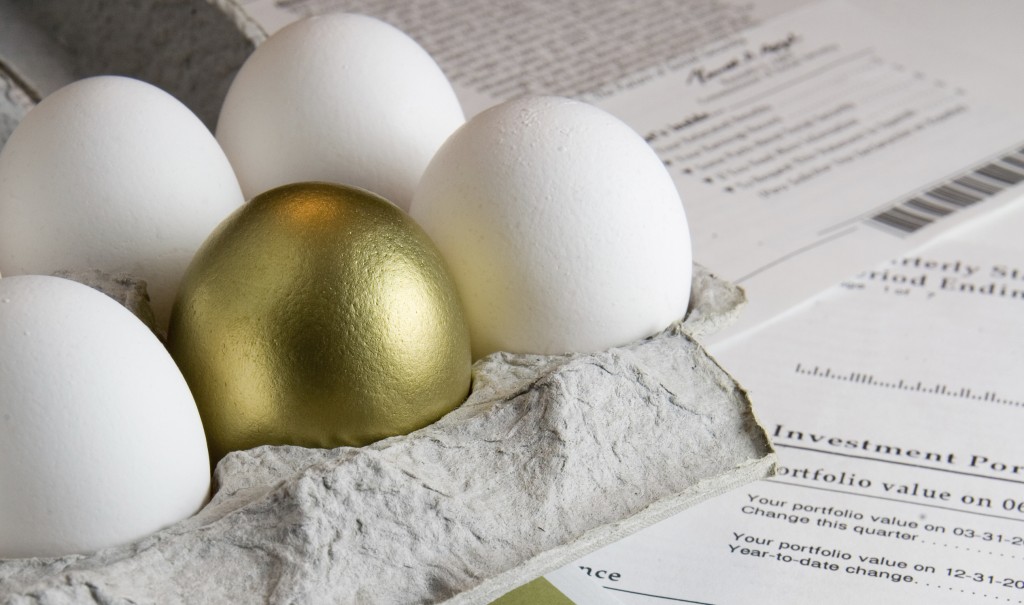What semi-retirement is really like
Could it work for you?
Advertisement
Could it work for you?

 This lifestyle is also accessible to older corporate refugees or semi-retirees. I experimented with this when I spent three weeks in Turkey last October, armed with various portable devices and access to free Wi-Fi in most hotels and restaurants. I’ll repeat the experiment when I go to the Far East in September.
On my return from Turkey, I launched my big online venture, the Financial Independence Hub, early in November. It generates some income but is supplemented by the pension and other work. Overall I’d say half my income comes from writing and speeches, 20% from my pension, 15% from my websites, and 15% from taxable investment income.
A home-based business can be run from a cottage or multiple vacation spots abroad—the essential tools are a laptop and a smart phone—but because there’s nothing cheaper than staying home, semi-retirees will likely spend most of their time there, both working and playing. The work/play balance of the semi-retired lifestyle may appear enviable to commuting cubicle-dwellers but the latter do enjoy more definite boundaries between work and play, not to mention sick days and paid vacations. You gain a lot of free time if you don’t have to commute, but you may feel isolated, which is likely why many free agents also work in “third places” like Starbucks, which are neither home nor a corporate office.
I’d love to get work down to the four-hour day or even the four-hour workweek I’ve blogged about, but so far it’s more like a 44-hour week. I’ve found myself just as busy as when I was employed but console myself with the knowledge I’m now doing so because I want to, not because I’m financially compelled to.
Still, it reminds me of the joke about the tycoon who bragged he got rich working only half days. He just couldn’t say whether it was the first 12 hours of the day or the last 12!
This lifestyle is also accessible to older corporate refugees or semi-retirees. I experimented with this when I spent three weeks in Turkey last October, armed with various portable devices and access to free Wi-Fi in most hotels and restaurants. I’ll repeat the experiment when I go to the Far East in September.
On my return from Turkey, I launched my big online venture, the Financial Independence Hub, early in November. It generates some income but is supplemented by the pension and other work. Overall I’d say half my income comes from writing and speeches, 20% from my pension, 15% from my websites, and 15% from taxable investment income.
A home-based business can be run from a cottage or multiple vacation spots abroad—the essential tools are a laptop and a smart phone—but because there’s nothing cheaper than staying home, semi-retirees will likely spend most of their time there, both working and playing. The work/play balance of the semi-retired lifestyle may appear enviable to commuting cubicle-dwellers but the latter do enjoy more definite boundaries between work and play, not to mention sick days and paid vacations. You gain a lot of free time if you don’t have to commute, but you may feel isolated, which is likely why many free agents also work in “third places” like Starbucks, which are neither home nor a corporate office.
I’d love to get work down to the four-hour day or even the four-hour workweek I’ve blogged about, but so far it’s more like a 44-hour week. I’ve found myself just as busy as when I was employed but console myself with the knowledge I’m now doing so because I want to, not because I’m financially compelled to.
Still, it reminds me of the joke about the tycoon who bragged he got rich working only half days. He just couldn’t say whether it was the first 12 hours of the day or the last 12!
Share this article Share on Facebook Share on Twitter Share on Linkedin Share on Reddit Share on Email